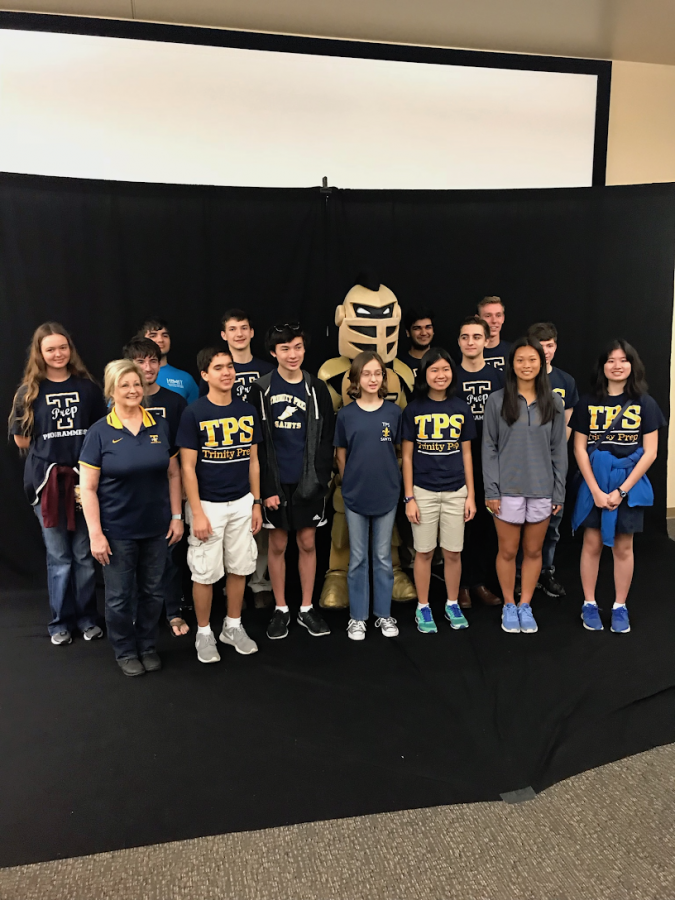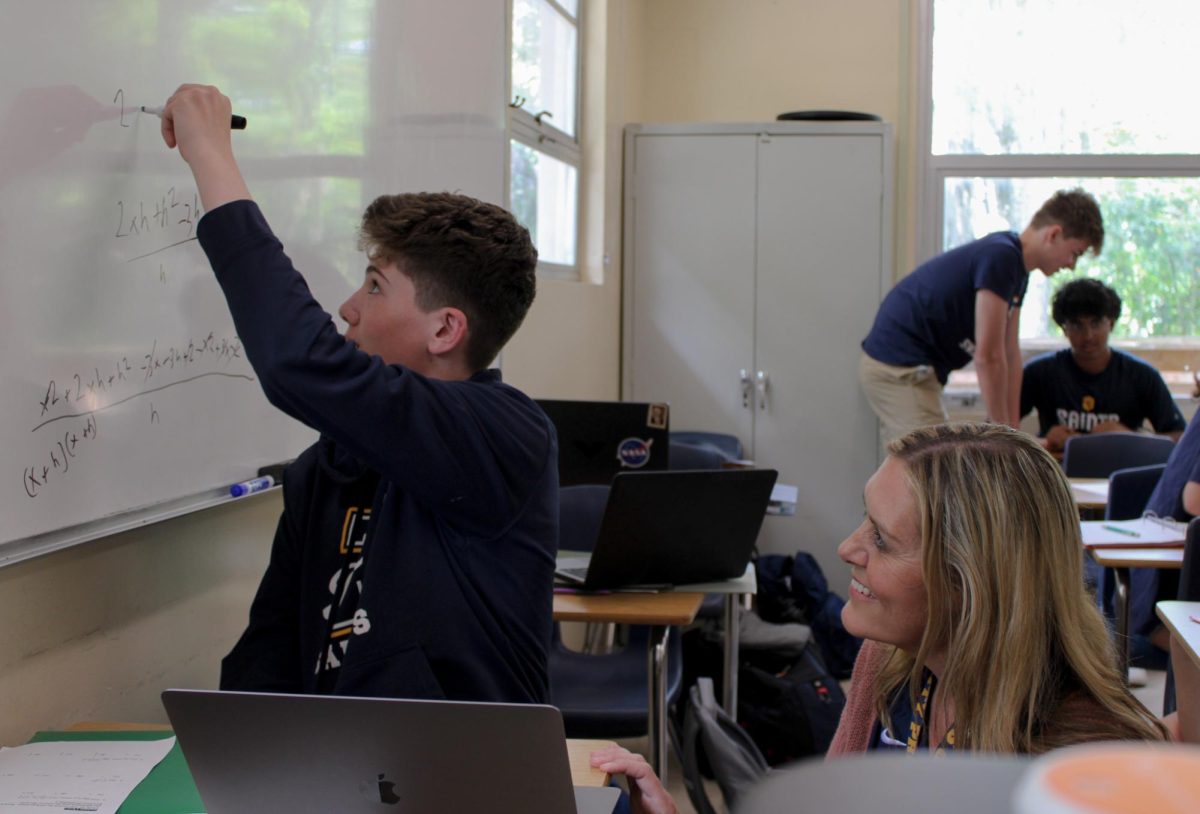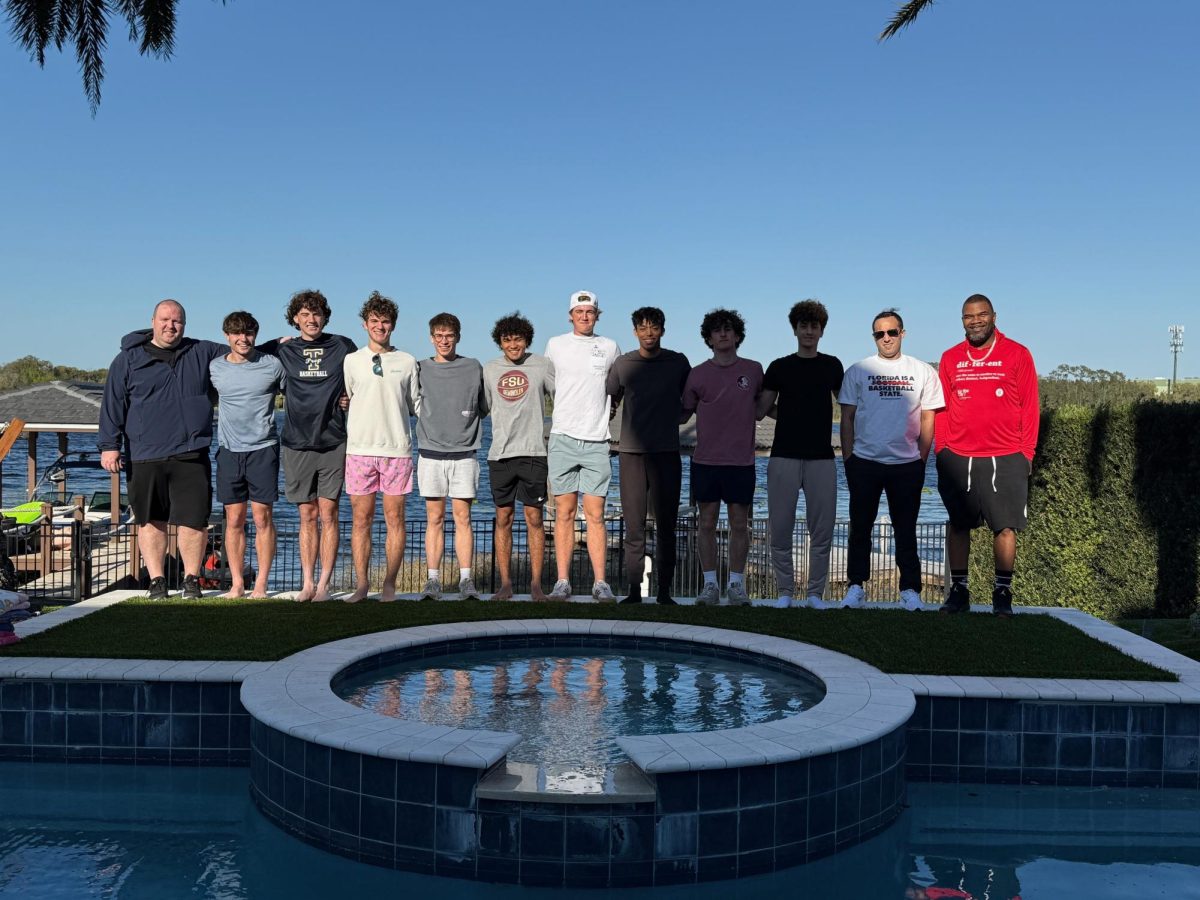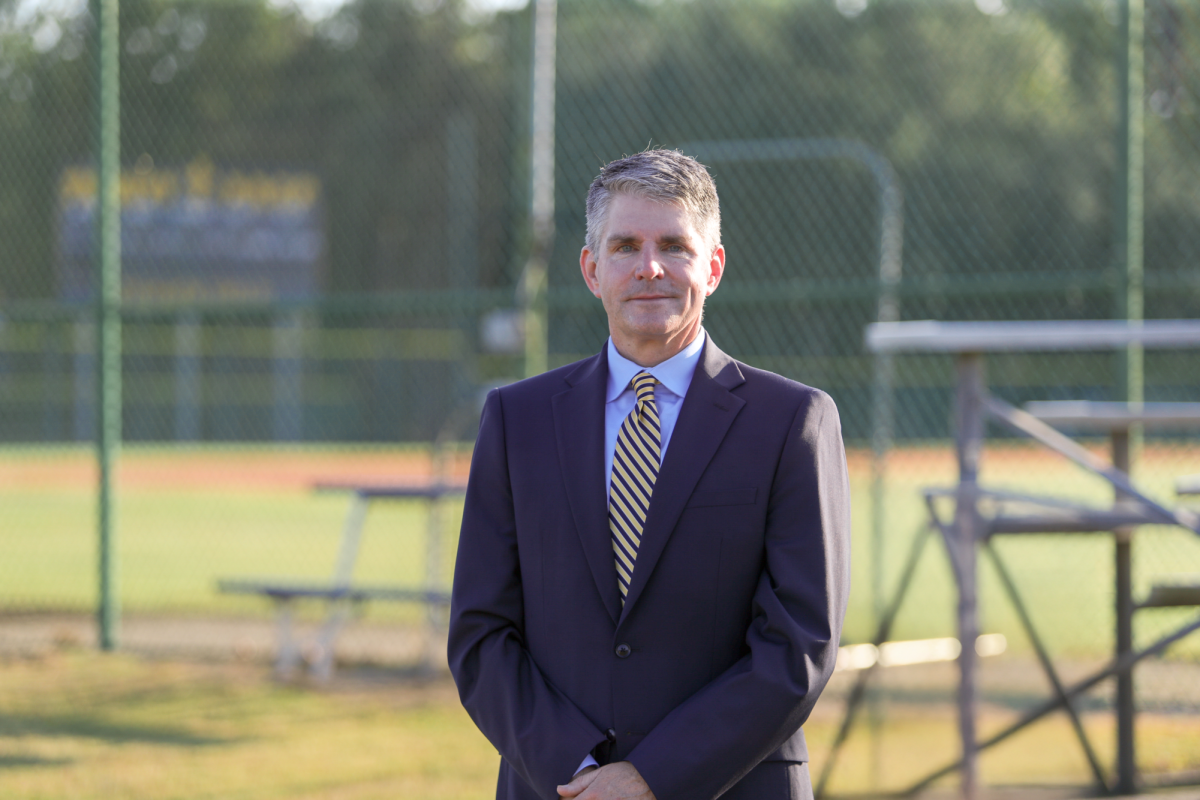In the 21st century, more than ever before in history, computer programming is becoming a vital skill to have in our ever-evolving working force. Some students at Trinity like junior Tej Stead believe programming is not only interesting, but has extreme practicality within multiple sectors of work.
“It can teach you a new way to think and solve problems because if you’re trying to do something, you’re forced to break it down into simple instructions so that you can make the computer solve it,” Stead said. “There is definitely a lot of demand for [programming] because essentially every company is going to need software.”
For this reason, many students at Trinity are practicing and refining their technical skills in competitive computer programming competitions. Many of of these competitions take place at universities, like University of Central Florida and University of Florida, where like-minded individuals gather to solve complex problems through programming.
The format is simple: students are typically given eight problems, and whoever responds to the most questions correctly in the shortest amount of time wins. Students submit their source code, the responses to the problems, through an online submissions system where judges examine the code’s capacity to solve the problem at hand.
One of Trinity’s five teams, comprised of Stead, senior Ricky Woodruff, and senior Sumer Sao, placed fourth overall out of 100 teams.
While the problems this team encountered seem daunting to some, these are questions the competitive programmers encounter regularly at each tournament.
“Some types of problems you encounter are ones where you have a maze that’s set up,” Stead said. “[The problem] will ask if you start at some position on a map, is it possible to reach a certain location.”
These problems can seem complex and strange to some, but for the programmers, they’re a piece of cake. But this highlights what some view as a downside to the tournaments. While this format arguably offers very interesting problems and a fun, competitive environment, it has its own faults too. Stead believes that the competition’s format over-emphasizes speeding through problem sets, and does not reward programmers who get the problems correct, but do so at a slower pace than others.
“It’s not the best expression of programming skill necessarily because you might not be able to [solve the competition problems] fast,” Stead said. “[Despite this] you might still be good at programming and so as a result you wouldn’t do well in the competition. [It] makes me not quite sure that it’s an accurate measure of your programming skill.”
Regardless of some of the critiques of the activity, in an age of quickly changing technology and an ever-growing demand of computer programmers, competitive computer programming might be the solution to fill in computer engineering vacancies. In a 2016 article, Kia Kokalitcheva of Fortune Magazine stressed that lack of computer engineers available in the job market.
“Most tech executives agree that there’s a shortage of talented software engineers…and there’s no sign that tech companies have solved their software engineer shortage,” Kokalitcheva said.
With this arguably appealing opportunity for high school students to participate in, this may be the solution to the computer engineering drought companies have recently encountered.













